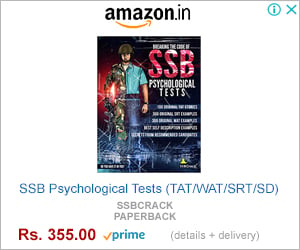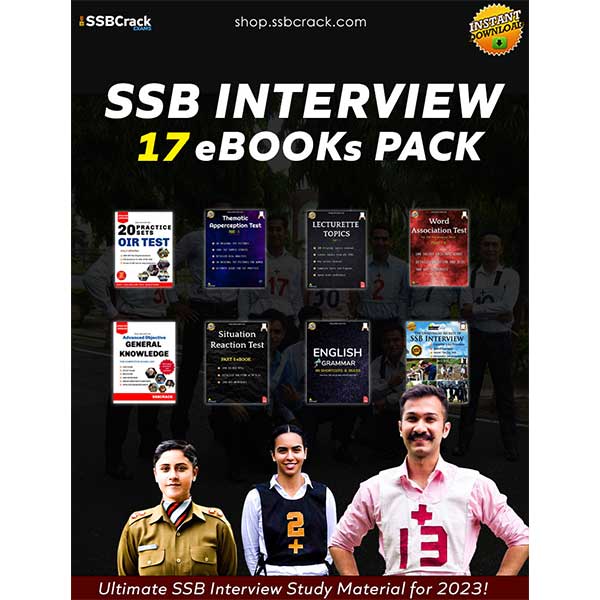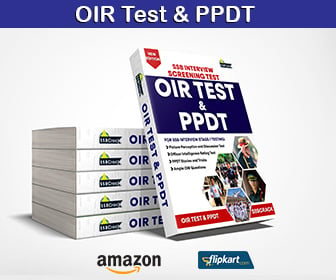India, like many countries, provides security details to high-risk individuals, including politicians, government officials, celebrities, and other prominent figures. The security categorization system in India is divided into six tiers, each offering varying levels of protection based on the perceived threat to the individual. These categories range from SPG (Special Protection Group), the highest level of security exclusively provided to the Prime Minister, to X category, which involves a minimal security detail. In this article, we will delve into the different security categories, the agencies responsible for their implementation, and the extent of security deployment.
VIP Security Categories in India
- SPG (Special Protection Group): The SPG is an elite force with classified details, entrusted solely with the protection of the Prime Minister of India. The group comprises highly trained personnel who specialize in providing security to the country’s highest-ranking political figure.
- Z+ Category: The Z+ category provides the highest level of security after SPG. It involves a security detail of 55 personnel, including 10+ NSG (National Security Guard) commandos and police personnel. NSG commandos are armed with advanced weaponry such as Heckler & Koch MP5 sub-machine guns and possess expertise in martial arts and unarmed combat skills. Currently, approximately 40 VIPs receive Z+ category protection.
- Z Category: The Z category entails a security detail of 22 personnel, including 4-6 NSG commandos and police personnel. The security cover in this category is provided by the Delhi Police, ITBP (Indo-Tibetan Border Police), or CRPF (Central Reserve Police Force) personnel. It also includes one escort car for added protection.
- Y+ Category: The Y+ category offers a security detail of 11 personnel, including 2-4 commandos and police personnel. Similar to the Z category, security is provided by NSG, Delhi Police, ITBP, or CRPF. This category ensures a higher level of protection than the Y category.
- Y Category: The Y category involves a security detail of 8 personnel, including 1 or 2 commandos and police personnel. It offers a significant level of protection but is comparatively less comprehensive than the Z+ and Z categories.
- X Category: The X category provides a security detail of 2 personnel, consisting of armed police personnel without commandos. While it represents the lowest level of security, it still ensures some level of protection for individuals categorized under it.
Implementation and Deployment
The responsibility of providing security to VVIPs, VIPs, politicians, high-profile celebrities, and sportspersons falls on various agencies in India. These agencies include the SPG, NSG, ITBP, CRPF, and CISF (Central Industrial Security Force). Let’s explore their roles:
- Special Protection Group (SPG): The SPG is exclusively responsible for the protection of the Prime Minister. This elite force comprises highly trained personnel with extensive experience in providing security cover to high-ranking officials.
- National Security Guard (NSG): The NSG is extensively utilized to guard VIPs and VVIPs, particularly those in the Z+ category. Many NSG personnel are seconded to the SPG to provide specialized protection to the Prime Minister. These commandos possess prior experience in para-military forces or special forces and are equipped with advanced weaponry and combat skills.
- Indo-Tibetan Border Police (ITBP) and Central Reserve Police Force (CRPF): The ITBP and CRPF, along with the Delhi Police, are involved in providing security cover for individuals categorized under Z, Y+, and Y categories. They deploy personnel and commandos to ensure the safety of the protected individuals.

Exceeding Official Security Allocations
In practice, the number of police personnel deployed for VIP security often surpasses the officially allocated figures. Some high-profile individuals have a considerably higher number of security personnel than prescribed. For instance, Mulayam Singh Yadav, during his tenure as Chief Minister of Uttar Pradesh, had over 200 civil police officers stationed at his Lucknow residence. His successor, Mayawati, reportedly had a security detail of over 350 police officers.
Guidelines and Coordination
The Ministry of Home Affairs, in coordination with different intelligence agencies, issues guidelines for security covers provided to VIPs and VVIPs. The “Blue Book” contains detailed security protocols for the President, Vice-President, and the Prime Minister, including their families. The “Yellow Book” outlines security arrangements for other VIPs and VVIPs. These guidelines ensure a standardized approach to security provisioning across different categories.
Conclusion
VIP security in India is a complex and multi-tiered system that aims to protect high-risk individuals from potential threats. With a range of security categories, from the elite SPG to the minimal X category, each level offers varying degrees of protection. Agencies such as the SPG, NSG, ITBP, and CRPF play crucial roles in implementing and deploying security personnel based on the assigned category. While some instances have seen the deployment of excess personnel, guidelines and coordination efforts by the Home Ministry and intelligence agencies help maintain an organized and structured approach to VIP security in India.






